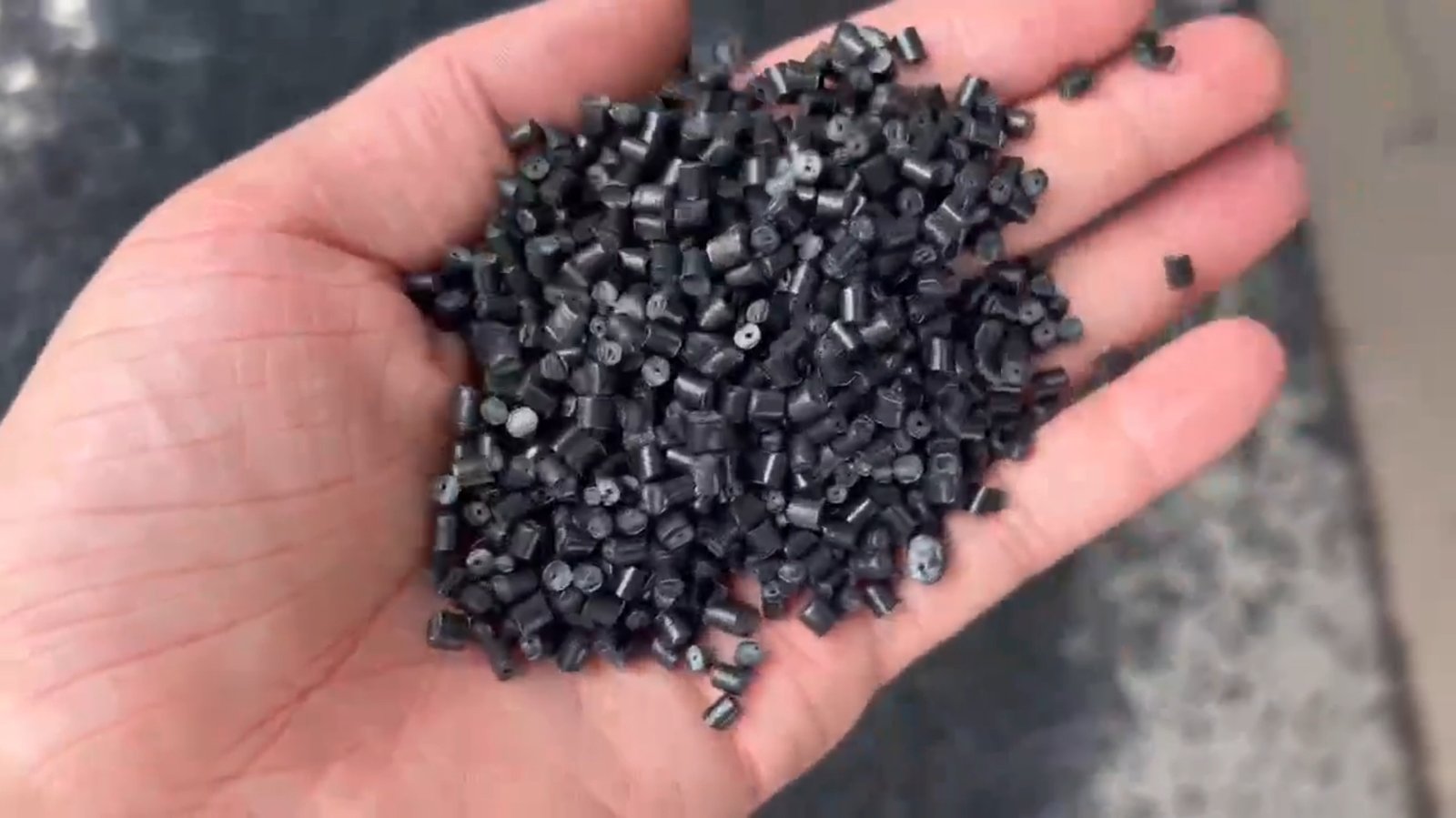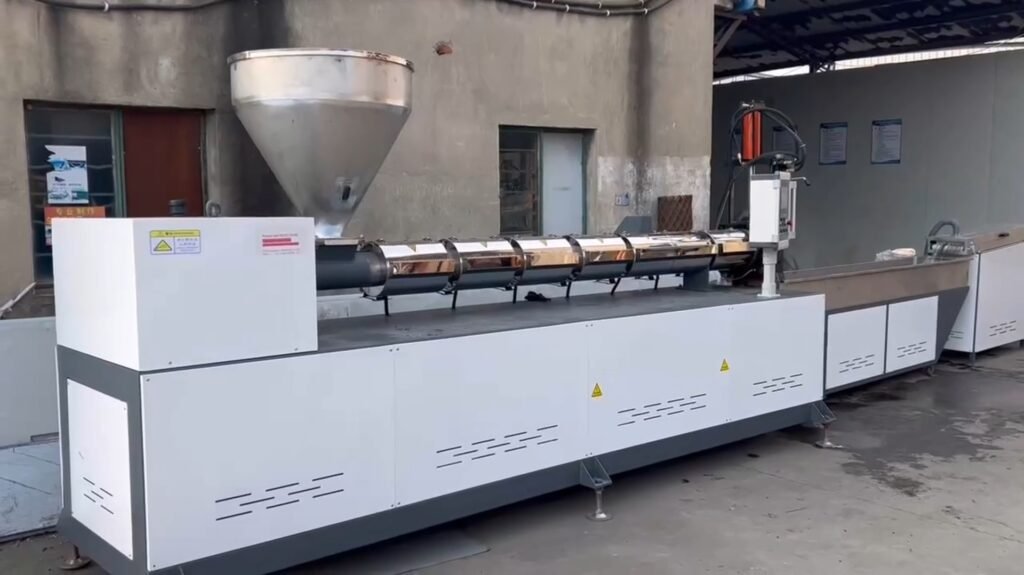Email:
info@miocuisine.com

Plastic recycling has become essential in our quest to reduce waste and preserve our environment. A significant player in this endeavor is the plastic recycling machine. These machines transform discarded plastic into reusable materials, reducing the need for new plastic production. This article explores the key technologies, components, and processes behind plastic recycling machines in a way that’s easy to understand for 7th-grade students.
Plastic recycling involves reprocessing used plastic materials into new, useful products. Rather than sending plastics to landfills, recycling allows us to break them down and create new items, from bottles to bags and more. This helps reduce pollution and conserves natural resources.
Plastic recycling machines are the backbone of the recycling process. They handle the complex task of sorting, cleaning, and processing plastics, which might otherwise end up polluting our environment. These machines ensure that the recycled plastic meets quality standards, making it safe and usable for new products.

The first step in plastic recycling is sorting. Not all plastics are the same; they come in different types and colors, which must be separated. Modern recycling machines use technologies like Near-Infrared (NIR) sensors to identify and sort plastics automatically. This technology makes sorting faster and more accurate.
Once sorted, the plastic needs to be broken down into smaller pieces. Shredders and crushers come into play here. Shredders cut plastic into large chunks, while crushers reduce it further into fine particles. This stage is crucial because it makes the plastic easier to melt and reshape.
After shredding, the plastic pieces might still have dirt or labels on them. Washing systems use water and detergents to clean these particles thoroughly. Some advanced machines use friction washers, which scrub the plastic using high-speed rotating brushes, removing contaminants more effectively.
The cleaned plastic is then melted down in an extruder. An extruder is a machine that heats plastic until it becomes liquid. This liquid plastic is pushed through a mold to form long strands, much like how spaghetti is made. This process, known as extrusion, is crucial for shaping the recycled plastic into new forms.
Once the plastic is extruded into strands, it’s cooled and cut into small pellets. These pellets, also known as nurdles, are the raw material used to make new plastic products. Pelletizers cut the extruded plastic into uniform pieces, which makes it easier to transport and use in manufacturing.
Modern plastic recycling machines are equipped with automated controls. These controls use computer systems to manage the recycling process, making adjustments as needed to ensure efficiency and quality. Automated systems reduce human error and improve the overall performance of the machines.
Many modern recycling machines are designed to be energy-efficient. They use less electricity and produce less waste heat, which makes them better for the environment. Energy-efficient machines also help reduce the overall cost of recycling, making it more economically viable.
Some recycling machines use a multi-stage process to handle complex plastics. These machines might combine several steps, like sorting, shredding, and washing, into one continuous process. This approach saves time and reduces the need for multiple machines.
By recycling plastic, we significantly reduce the amount of waste that ends up in landfills and oceans. This helps protect wildlife and ecosystems. Recycling also cuts down on the need for new plastic production, which in turn reduces the pollution and greenhouse gas emissions associated with making plastic from raw materials.
Recycling plastic can be economically beneficial. It creates jobs in the recycling industry and provides manufacturers with a cheaper source of raw materials. Recycled plastic is often less expensive than new plastic, which can help lower production costs for various products.
Using recycled plastic conserves natural resources like oil and gas, which are used to make new plastic. By recycling, we reduce the demand for these non-renewable resources, helping to preserve them for future generations.
Plastic recycling machines play a vital role in transforming waste into valuable resources. From sorting and shredding to washing and pelletizing, these machines make it possible to recycle plastic efficiently and effectively. Understanding the technology behind these machines helps us appreciate the complexity and importance of plastic recycling. By supporting recycling efforts, we contribute to a cleaner, healthier planet for everyone.